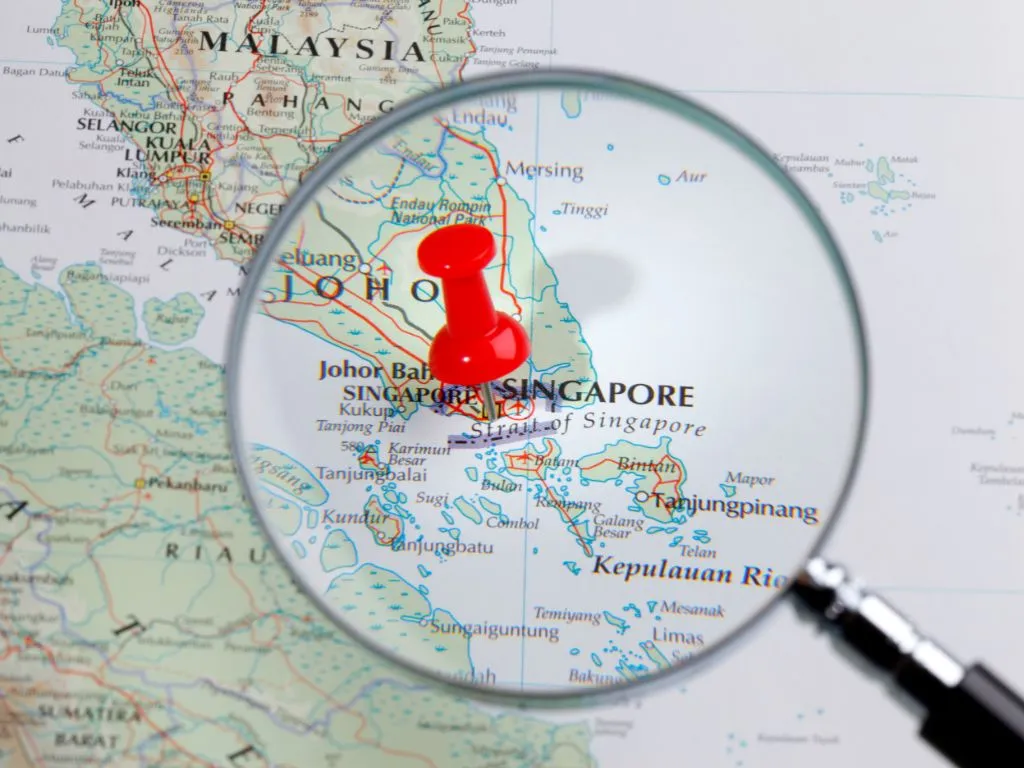News Details

Singapore NEA Seeks Public Input on Proposed Control of POPs and Mercury-Added Products
The National Environment Agency (NEA) of Singapore launched a public consultation on 18 January 2024. The consultation seeks public input on the proposed regulation of medium-chain chlorinated paraffins (MCCPs), long-chain perfluorocarboxylic acids (LC-PFCAs) and nine mercury-added products under the Environmental Protection and Management Act (EPMA) and the Environmental Protection and Management (Hazardous Substances) Regulations (EPM(HS) Regulations). The consultation closes on 15 February 2024.
Aim of the consultation
As a signatory to the Stockholm and Minamata Conventions, Singapore is committed to reducing the use of persistent organic pollutants (POPs) and mercury emissions. As the competent authority, NEA ensures compliance with these international agreements.
NEA's primary objective with the proposed controls is to regulate two groups of chemicals and nine mercury-added products by classifying them as hazardous substances. This is in line with international obligations under the Stockholm and Minamata Conventions, which aim to reduce the environmental and health risks posed by these substances.
Two groups of chemicals proposed for control
NEA has identified two groups of chemicals to be regulated:
-
Medium-chain chlorinated paraffins (MCCPs): Chlorinated paraffins with carbon chain lengths in the range C14-C17 and chlorination level equal to or exceeding 45 % chlorine by weight. MCCPs are considered to be persistent and may be long-range transported in the environment.
-
Long-chain perfluorocarboxylic acids (LC-PFCAs): Perfluorocarboxylic acids with chain lengths in the range C9-C21, their salts and related compounds. LC-PFCAs are characterised by their persistence and bioaccumulation in the environment. Moreover, long-chain PFCAs, their salts and related compounds may be long-range transported in the environment.
MCCPs and LC-PFCAs are expected to be added to Annex A of the Stockholm Convention at the 12th Conference of the Parties (COP12) to be held in 2025. NEA plans to introduce strict controls on the import, export, and use of these chemicals, allowing current operations under specific licences until a ban by the Stockholm Convention is adopted in 2025.
Proposed controls on mercury-added products
NEA also focuses on nine specific mercury-added products to be phased out by the end of 2024. These products, which include certain types of lamps, measuring devices, and electronic components, are recognised as being harmful to the environmental because they can release mercury.
The list includes the following products:
-
Compact fluorescent lamps with an integrated ballast (CFL.i) for general lighting purposes that are ≤ 30 watts with a mercury content not exceeding 5 mg per lamp burner
-
Cold cathode fluorescent lamps and external electrode fluorescent lamps of all lengths for electronic displays
-
Mercury vacuum pumps
-
Tyre balancers and wheel weights
-
Photographic film and paper
-
Propellant for satellites and spacecraft
The full list of products is available here. The ban on their manufacture, import, and export will take effect from 1 January 2025.
Call for public participation
Feedback to the consultation can be submitted via NEA’s online form here or by sending an email to Primus_ONG@nea.gov.sg and Nikki_LEE@nea.gov.sg by 15 February 2024. NEA looking for clear, concise, and constructive comments. Respondents are encouraged to identify their affiliations and provide substantiated suggestions or data to enrich the consultation process.
We acknowledge that the above information has been compiled from Singapore NEA.


